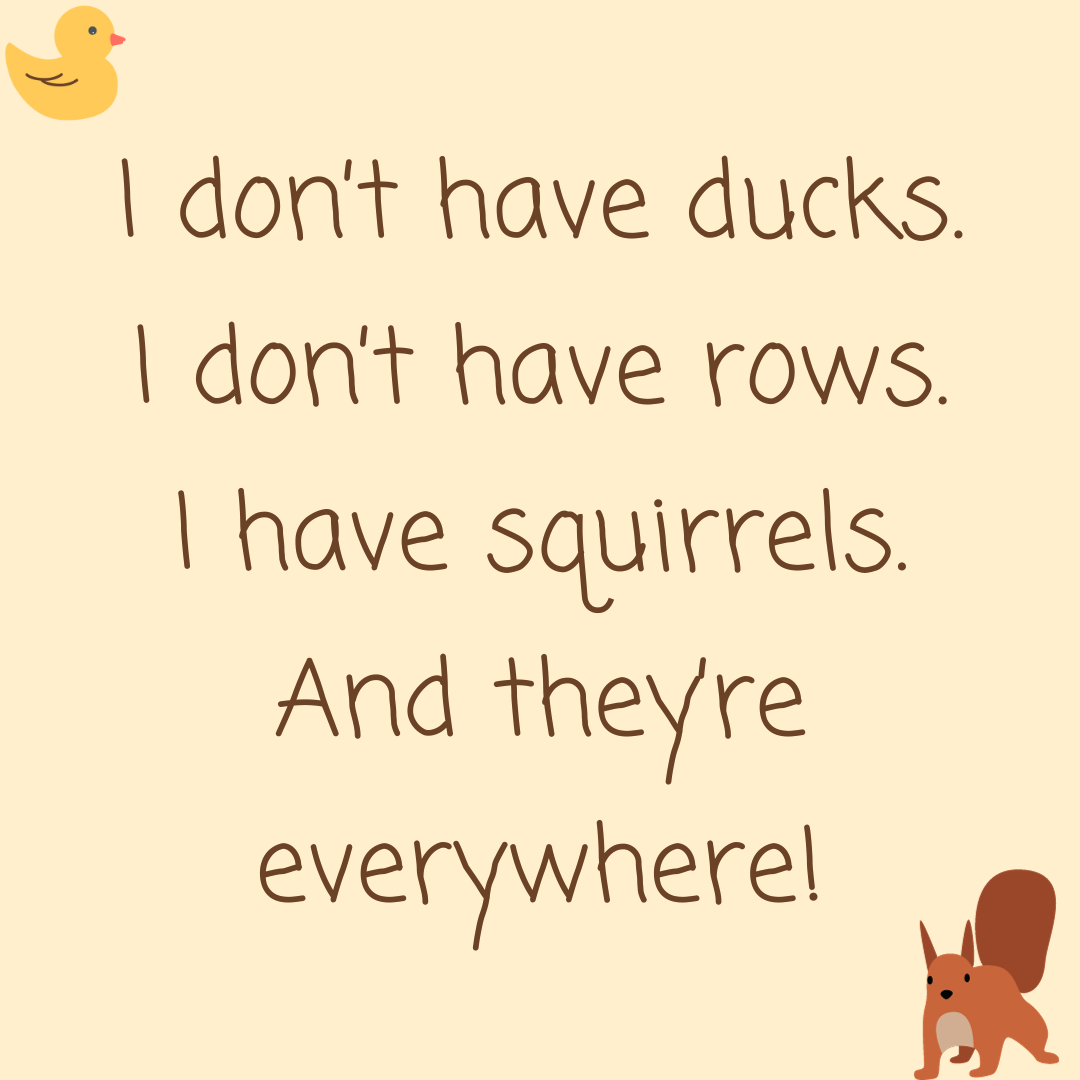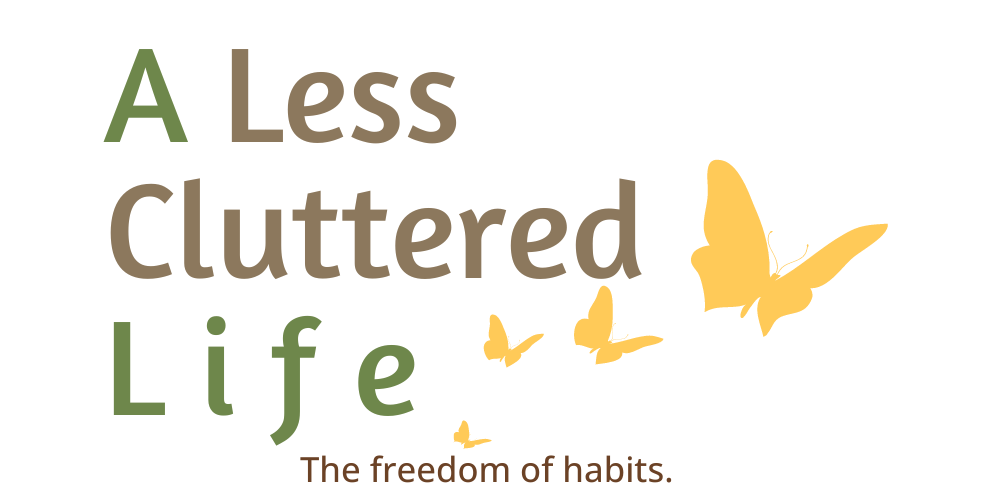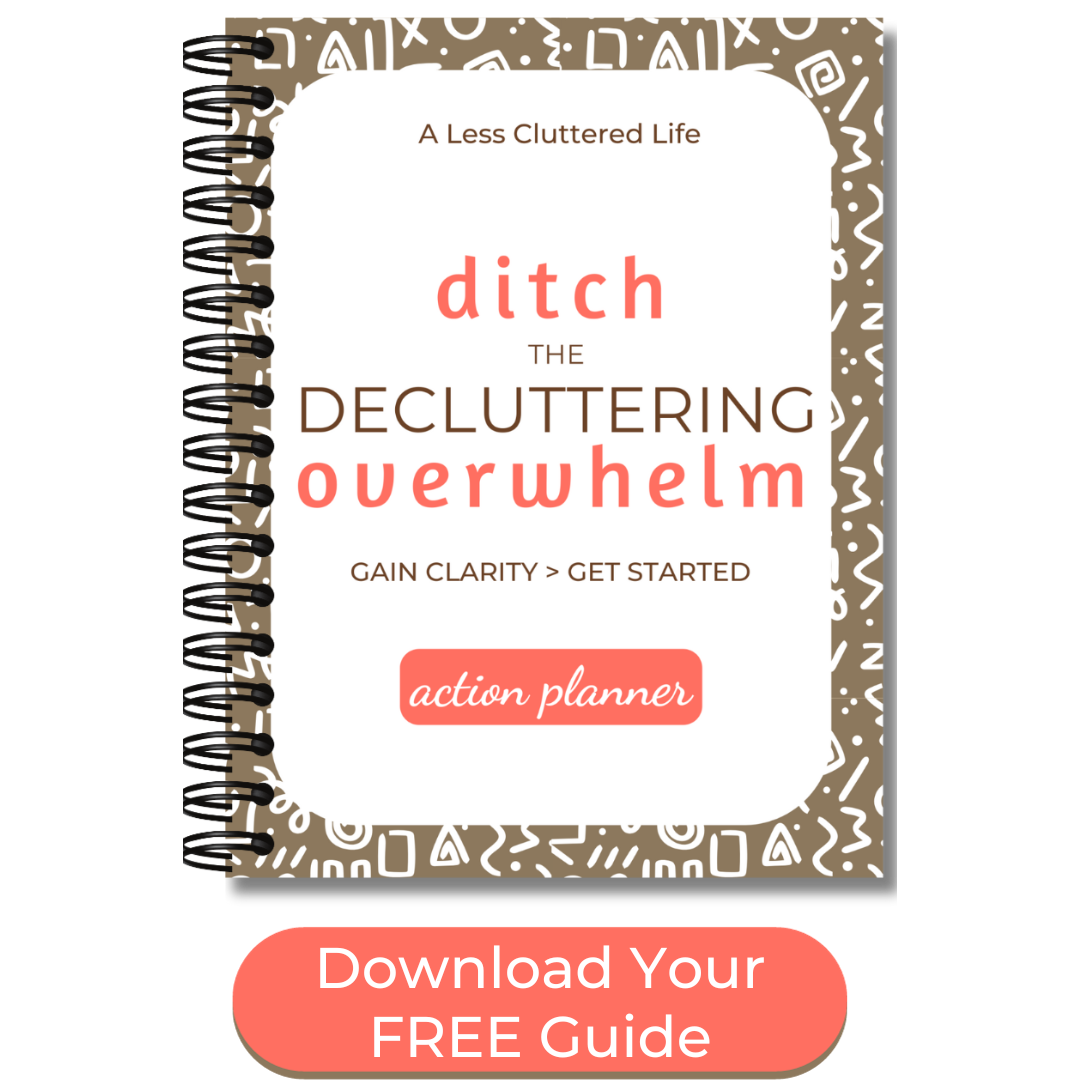|
by Susan McCarthy Simplifying your home is about limiting new things from entering your home while decluttering the excess stuff you no longer use or appreciate. The result is a more peaceful and functional home. At some point, between thinking how exhausted you are and how overwhelmed you feel, you start dreaming of simplifying your life and home. And while you may be able to envision what a simplified home looks like; how do you get there? Here you’ll find eleven ways to simplify your home – from tasks that require minimal effort to major projects that can make a major difference in your home and life. Beware equating the word “simplify” with “easy.” Things will get easier with each action you make toward simplifying your home, but you will need to put in some effort. That isn’t meant to discourage you. I don’t want you thinking you’re doing something wrong just because things don’t look simpler right away. This is a process, not a finish line to cross. But here’s the good news – very few of the actions described here require a huge time commitment. Many of these actions can be done in a few minutes a day or worked into your everyday behaviors. Simplifying your home can create not only physical but also mental space. Instead of looking around at all the things that demand your attention, simplifying creates a more peaceful space – turning your home into your haven. What Does Simplifying Your Home Mean to You?Why are you drawn to the idea of simplifying your home? Understanding your why can help you stick to the actions that will help you eliminate the clutter and distractions in your home. Imagine how you’d spend your time if you weren’t sorting through piles of junk mail or browsing online during free moments. Keep that image in mind to motivate you when you’re faced with sorting through the contents of the junk drawer or debating if it would be easier to dump things in a box and make a decision about the contents some other day…far in the future. Simplifying Home ClutterIf you’re simplifying home clutter, one of the best ways to start is by identifying how stuff is coming into your home – and stopping (or at least slowing) the flow. It’s no use decluttering if things are coming into your home as fast as they are leaving. Instead of feeling accomplished, you’ll feel like you’re fighting the incoming tide. And even if you do see progress, at some point you’ll notice the clutter returning and you might end up feeling frustrated that your decluttering efforts didn’t make a long-term difference. Instead, take action to stop allowing in things that will ultimately become clutter. 1. Eliminate Junk MailGo online and search for the Direct Marketing Association or the Mail Preference Service and fill out the online forms, requesting to get off as many junk mail lists as possible. If after four-to-six months, you’re still receiving mail you don’t want, you may need to contact individual companies. On their websites, look for the “contact us” option and write to them, or call, requesting to be removed from their catalog mailing list. You can also use a junk mail blocker app on your smartphone. I used one and it made a dramatic difference to the amount of mail we received. However, it took some time in the beginning because I was inputting individual requests to get off mailing lists. After the first few months it took less time to do it because I’d already got off so many lists. And here’s a key that you may overlook – each time your name is spelled differently (correctly or incorrectly), extra spacing is used (McCarthy/Mc Carthy), or a middle initial is used, each variation counts as a different person on mailing lists! If you find sorting through the mail a tedious process and hate filling up your recycling bin with things you don’t want, some effort here will save you a great deal of time in the future. 2. Stop SubscriptionsNowadays subscriptions aren’t limited to magazines. You can get monthly subscriptions for beauty products, crafts, art or science kits for kids, pet toys, food, and online membership sites. If you use all the goodies, then you may find it a worthwhile investment. However, if you have more stuff than you know what to do with and you get more every month, it may be time to cancel the subscription. Not only does this save money but it also saves you the time it takes to organize and clean all the new stuff that comes into your home. And you’re saving yourself from decluttering these things someday in the future. 3. Limit ShoppingIf you’re overwhelmed by clutter, the best thing to do is to avoid allowing more things into your home. Eliminate shopping as a recreational activity. Limit buying new things to replacing items that are worn out or that no longer work. This saves you money and gives you an opportunity to reduce debt. Also, when you don’t spend time browsing online or at brick-and-mortar stores, you’ll have more time to spend with friends and family, read a book, work on projects around your home, take a walk, or anything else you’ll find fulfilling. 4. Use the Food You Have in Your Pantry and FreezerPlan meals around the food you have in your pantry, fridge, and freezer. Treat yourself to some of the specialty foods you may have tucked into the back of your pantry for guests. If you find that a lot of food has expired, that’s a sign that you’re keeping a larger inventory on hand than you need or use. See if you can limit grocery shopping to perishables (eggs, milk, butter, juice, bread) as you use what you have on hand. This saves you money while allowing you to declutter these spaces in your kitchen without pulling everything out of the pantry or your refrigerator at one time. When you use up a lot of what you have on your shelves, organizing what’s left will be much simpler. Also, this process will give you a better idea of what you use frequently and what you can avoid buying unless you have plans to use it. The goal here isn’t to empty your pantry and freezer! Nor does it mean that you shouldn’t have extra food on hand. Instead, this exercise in limiting your stock can help you judge how much pasta, tuna, and toilet paper you want to keep on hand. 5. Follow the One-in/One-out RuleWhen you buy something new, eliminate a similar item that is no longer used or desired. So, if you buy a book, eliminate a book; if you buy a new pair of shoes, donate a pair that you no longer wear. If you have a lot of excess items, then when you buy one thing you could eliminate two, five, or even ten items, which will help you declutter even faster. This suggestion is also in line with avoiding shopping when you can. When you do need to replace something, this rule will prompt you to get rid of the older item. 6. Limit Storage SpaceWhen an area is cluttered, avoid buying organizing products like bins, rolling carts, shelves, or freestanding cabinets to organize the items. Remember, these products take up space in your home and may simply hide things that you don’t use, want, or like. My parents were forever buying things so they could store other things. But one of the problems with these ‘storage solutions’ is that they hide what you have – meaning you might forget what you have and where it is. Also, even if you know where something is, it can be difficult to access the items because you must move other things out of the way just to get to what you want. If it’s a hassle, and the item is inexpensive, you might decide that it’s easier to just go out and buy the item again. When I emptied their house, I found so many duplicate items as well as things that they hadn’t used for years. I think it became too much of a challenge to keep track of what they had. If you’re struggling to keep an area organized, first declutter the space. Donate, sell, or toss, items that you no longer have interest in or that no longer serve a purpose in your home or life. Eliminating clutter is one of the most visible ways to simplify your home, although it does take time. However, letting go of the things that you don’t need will end up saving you countless hours because areas with a lot of stuff become easily cluttered and require frequent maintenance to keep things in order. 7. Clean Your Attic, Basement, Garage, Storage UnitThis is the most time-consuming step that I’ve suggested here. Unless you have a particular reason for sorting through these storage areas, I’d recommend devoting your energy first to removing clutter from the main rooms of your home. Avoid the temptation of putting off decisions by moving things from your house into your garage or other storage spaces. This is reorganizing, not decluttering. In fact, it’s this temptation to shuffle and reorganize things that you don’t want but are struggling to commit to getting rid of that often clutter the storage areas of your home. When you clear these spaces, make deliberate decisions as to what you will keep in these places (say, off-season decorations, recreational equipment, out of season clothing, etc.). You could create a temporary holding area to set aside items for, say three-to-six-months, if you aren’t certain you want to let go of them; but avoid making this the option for everything you’re decluttering. Attics, basements, and garages can easily become catch-alls of things we never use…or even think about. And knowing there’s so much useless stuff collected in these spaces is draining. Freeing items from these spaces means that others can get use from the items before they get damaged by the temperature extremes of the attic or basement. If you have a storage unit, then emptying this as soon as possible means that you’ll save yourself rental fees. 8. Avoid making a mess when declutteringHave you ever decided to declutter your kitchen (or another room) and followed the advice of emptying your cabinets and drawers so you could see everything you had and make decisions about it all? Did you become overwhelmed to the point that you didn’t know what to do with any of the stuff? Did you find yourself moving things from pile to pile, hoping that you’d figure out what to keep and what to get rid of? The act of decluttering shouldn’t complicate your life. You can use the Minimal Mess Method and work in a more focused way, limiting your efforts to one Little Spaces at a time (a drawer, shelf, or flat surface). By working with less stuff, you’ll reduce overwhelm which means you’ll get things done without the fuss of stepping over the contents of your bookshelves piled on the floor in your living room or ordering DoorDash until you can return things to your cabinets and reclaim your kitchen. Bonus Tips – How to Simplify Your Life9. Limit the Amount of Television that You WatchIt’s easy to wind down at the end of the day by sprawling in front of the television. However, it’s worth considering what other activities you could engage in during this time – read, volunteer, craft, spend time with others. Limiting television also means you save yourself from watching ads. 10. Limit Time on Social MediaConsider what and who you can stop following. If you feel drained looking at someone’s photos or the information they share, then you’ll boost your energy and mood by not looking at these things. And do you need to connect to businesses that are promoting their daily ‘not-to-be-missed’ sales? You can always go straight to the website when you choose to shop. Give yourself small breaks from social media – an hour or a day here-and-there and pay attention to the people and places around you. 11. Look at Your CalendarAre there activities and groups that you’re no longer interested in but attend out of habit? If you didn’t belong to that book club or softball league, what could you do with that time? You may be concerned about disappointing others, but remember, you spend 24/7 with yourself – so whose needs are more important to consider? Simplifying Your Life and HomeWhile these tasks aren’t easy, they have the long-term benefit of simplifying your life. And you don’t have to work on all these tasks at once. Choose the ones that appeal to you most (perhaps the ones that seem easiest to do) and continue from there. Remember, things didn’t become complicated overnight, but you can do something today to simplify your life and home.
More Resources to Help You Stay Organized
0 Comments
Your comment will be posted after it is approved.
Leave a Reply. |
Categories
All
Hi, I'm SusanI'm a former teacher who became a professional organizer (and not because I'm a natural-born neatnik). I live with my husband and fluffy cat on a river in Massachusetts. I crochet, make handmade cards, and love reading young adult novels. Learn more about my decluttering journey here. |
|
Copyright 2024 Susan McCarthy - Susan@ALessClutteredLife.com -
Privacy Policies |
Proudly powered by Weebly

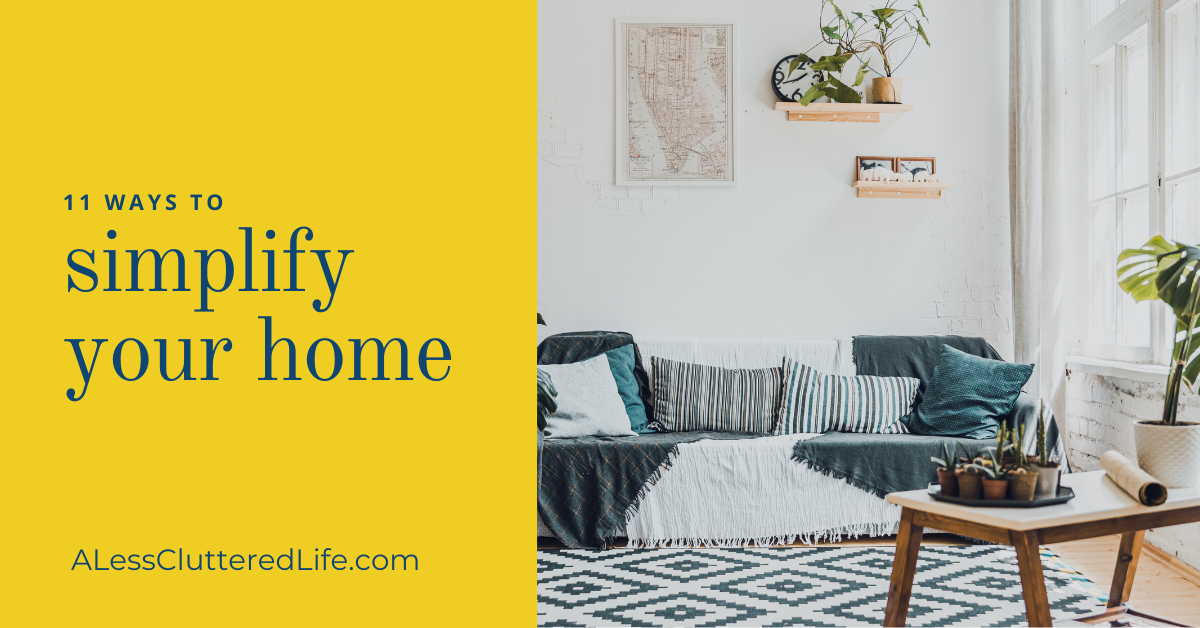


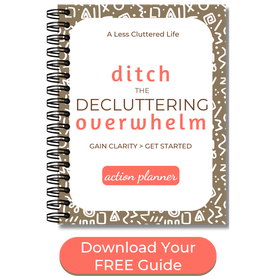

 RSS Feed
RSS Feed
